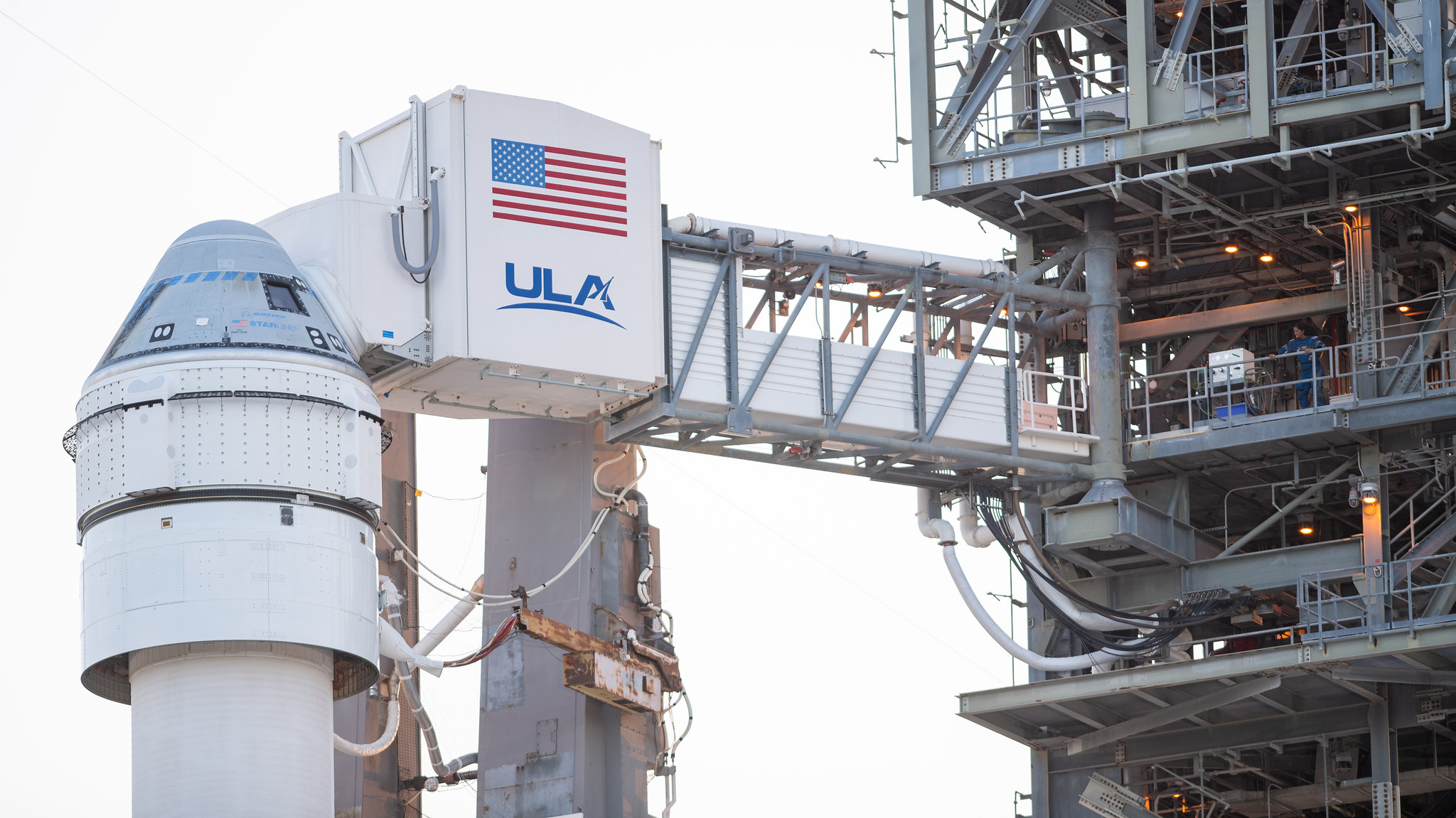WASHINGTON — NASA and Boeing have once again delayed first crewed flight of the company’s CST-100 Starliner as they work to resolve a helium leak in the spacecraft’s propulsion system.
In a statement late May 17, NASA announced that the Crew Flight Test (CFT) mission, previously scheduled for May 21, has been pushed back to no earlier than May 25 at 3:09 p.m. Eastern to continue work on a leak in a helium pressurization system in the spacecraft.
The latest slip comes three days after NASA and Boeing said that they were delaying the launch, then scheduled for May 17, to address a helium leak in a thruster in the spacecraft’s service module. The leak was traced to a flange in one thruster, and Boeing said at the time it was working to better characterize the leak and develop flight rationale to fly the system as-is without replacing the flange.
“Pressure testing performed on May 15 on the spacecraft’s helium system showed the leak in the flange is stable and would not pose a risk at that level during the flight,” NASA said in the announcement of the new delay. “Boeing teams are working to develop operational procedures to ensure the system retains sufficient performance capability and appropriate redundancy during the flight.”
NASA added that both its commercial crew and International Space Station programs will take the next several days to “review the data and procedures to make a final determination before proceeding to flight countdown.”
The announcement came after several hours of speculation that another delay was coming for the mission, which has suffered years of setbacks overall because of various technical problems with elements of the spacecraft ranging from valves to parachutes. Boeing has provided little additional detail about the helium leak and did not answer earlier questions about it.
According to industry sources, the leak was detected during the May 6 countdown that was scrubbed because of an unrelated valve issue with the Atlas 5 Centaur upper stage. It was unclear if, had the valve worked normally, the launch could have continued.
Mark Nappi, the Boeing vice president who is the company’s Starliner program manager, did not mention the helium leak or any other issues with the spacecraft during a briefing after the May 6 scrub. “Today was a good dry run for the entire process,” he said then, with launch preparations going normally until the launch was scrubbed about two hours before the scheduled liftoff. “We were ahead of schedule, about 45 minutes ahead of schedule, so the teams did an excellent job.”
“A lot of things have to go right. It’s not the majority of the things; everything has to go right before we launch,” he added.
Related
Read the original article here
